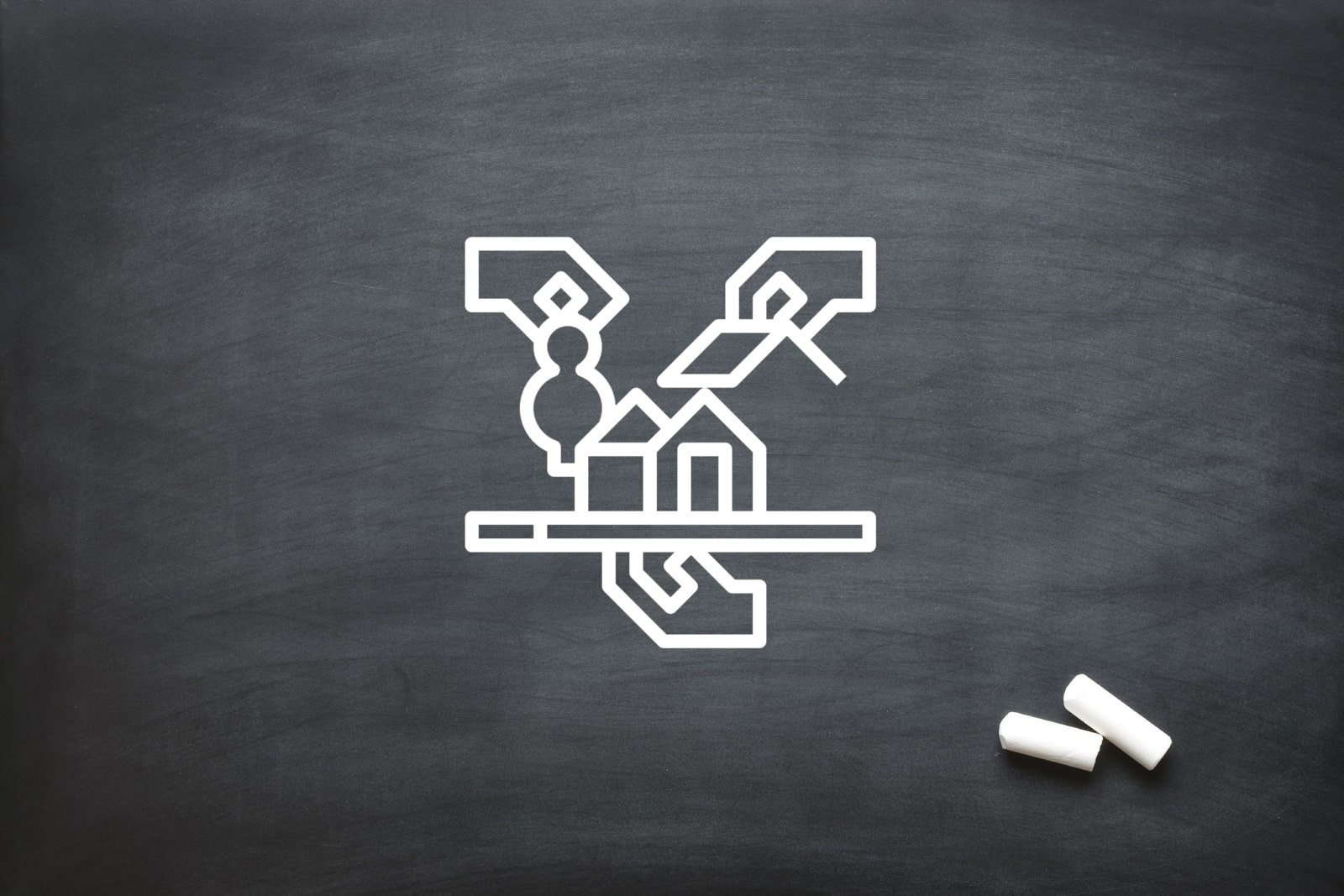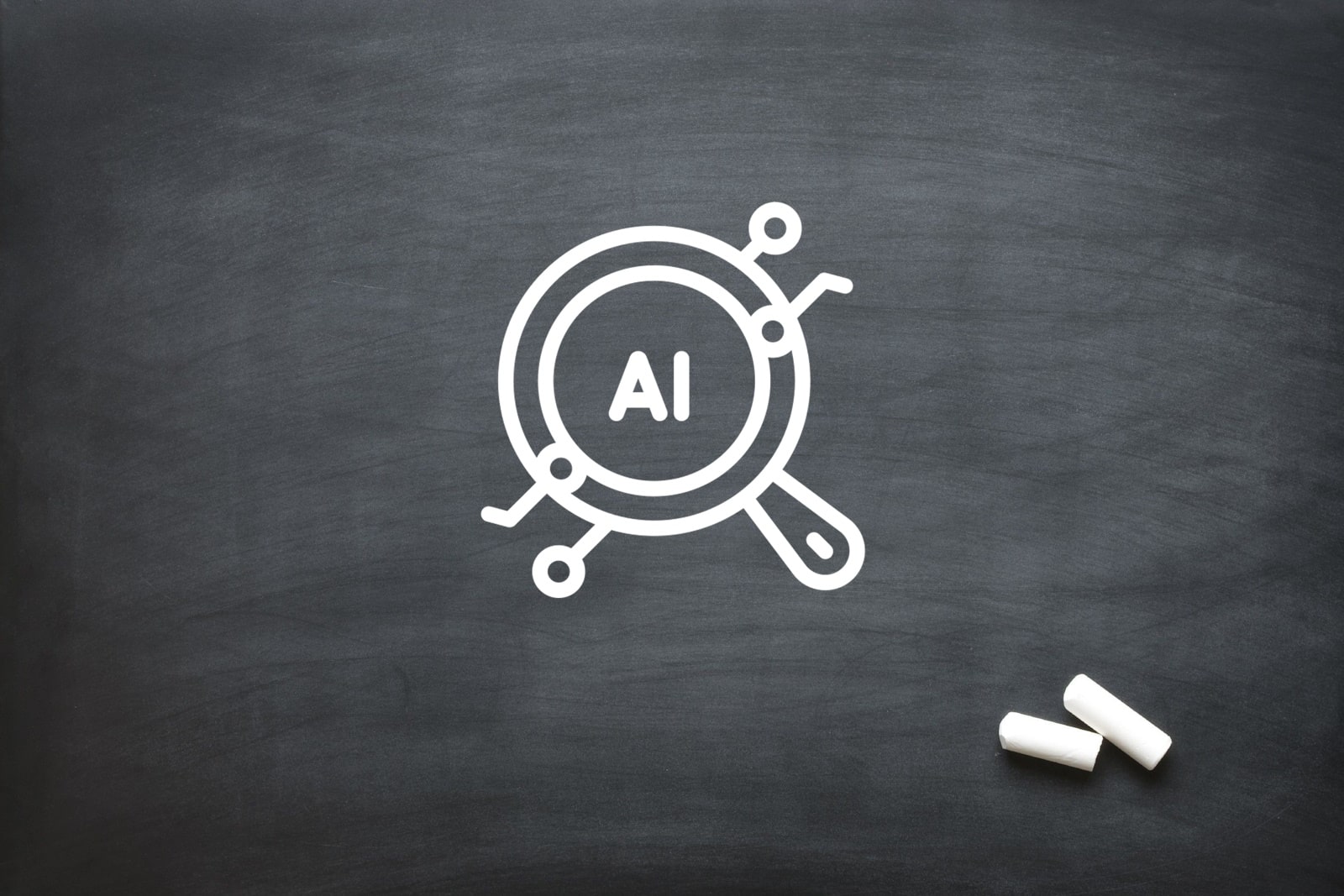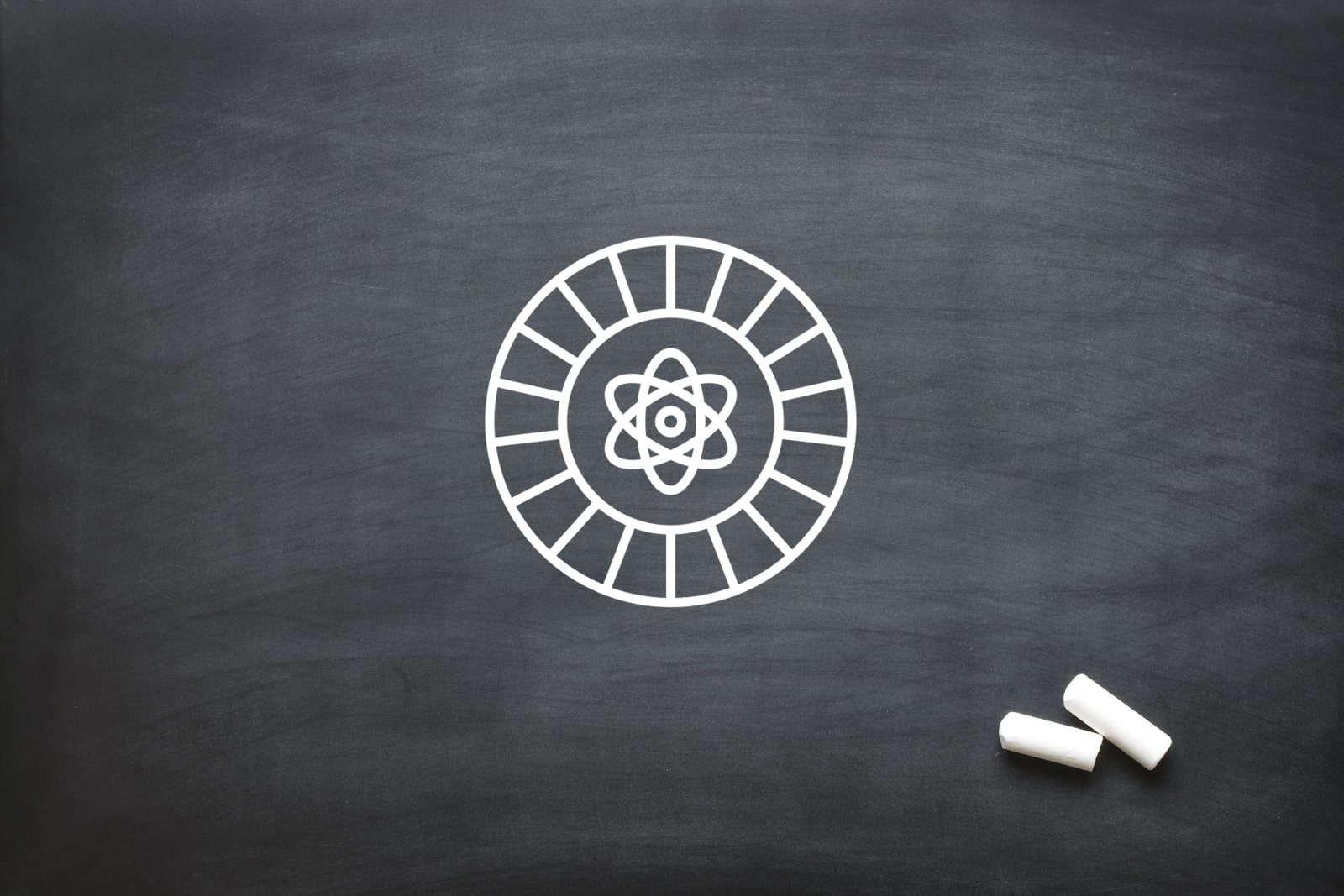
Animators in Architectural Visualisation
Architecture is more than form and function—it’s storytelling. As the built environment evolves, so too must the ways in which we communicate its design and purpose. 3D animation has emerged as a critical tool in this transformation. From early concept development to final presentation, 3D animators allow architects and developers to present their ideas not only with accuracy but with emotional resonance. With animation, clients no longer need to imagine what a building might feel like; they can experience it long before construction begins.
Through detailed sequences and interactive models, 3D animators help communicate spatial relationships, material behaviours, and environmental contexts in ways static renderings cannot. This powerful form of visual storytelling improves client engagement, accelerates planning approvals, and enhances collaboration between designers, planners, and communities. At Oliver Karstel Creative Agency, we specialise in producing architectural animations that do just that—bringing visions to life with precision, artistry, and insight.
Concept Visualisation
In the earliest stages of design, conveying abstract concepts to clients and stakeholders can be challenging. 3D animators solve this problem by converting 2D sketches and schematic drawings into fully animated scenes that capture the mood, massing, and structure of a proposal. These animations go beyond mere visual appeal—they provide architects and designers with a tool to test spatial relationships and proportions before they commit to a particular direction. By animating early concepts, we create a visual bridge between the architect’s intent and the client’s understanding.
This form of visualisation also serves a strategic purpose during the planning phase. Government bodies and planning committees often rely on clear, communicative visuals when assessing applications. Animated concept presentations can offer a compelling case for design approval, especially when the site involves contextual sensitivity, heritage considerations, or urban impact. By engaging our experienced 3D animators early in the process, clients gain clarity, reduce design revisions, and move through the approval process more efficiently.
Walkthrough Animations
Walkthrough animations offer a compelling way to experience architecture before it’s built. Rather than looking at still images or floor plans, clients are taken on a journey through their future space—down hallways, through courtyards, and across living rooms flooded with natural light. 3D animators construct virtual camera paths that mimic how a person might navigate the space, allowing for a truly immersive preview of layout, proportions, and flow. This process creates a tangible emotional connection, helping clients better understand the vision and functionality of a design.
These walkthroughs are especially valuable during presentations to stakeholders, whether for residential developments, commercial buildings, or civic spaces. The animations not only highlight aesthetic choices but also reveal circulation, lighting, and scale. By experiencing the design in motion, clients are empowered to give more constructive feedback early on, which reduces costly revisions later in the project lifecycle. Our 3D animators carefully design each sequence to emphasise spatial harmony, user experience, and architectural storytelling.
Lighting and Material Simulation
Lighting and materials define the atmosphere of a space. Their interactions determine not only aesthetics but comfort, efficiency, and emotional impact. 3D animators bring these factors to life by simulating how natural and artificial lighting will behave within a space across different times of day and varying weather conditions. By animating light movement, shadows, and reflections, architects can visualise and adjust their designs to optimise daylight penetration, reduce glare, or enhance mood.
Material simulation takes this further by demonstrating how different finishes will respond in real-world conditions. Whether it’s the subtle texture of concrete, the sheen of metal, or the grain of timber, 3D animators can showcase how materials will appear under various lighting scenarios. This insight enables clients to make better-informed decisions regarding materiality, often resulting in improved energy performance and design cohesion. These visual cues, when presented in motion, are far more impactful than traditional swatches or mock-ups.
Urban-Planning Animations
For large-scale developments, the relationship between individual structures and the wider urban fabric is crucial. 3D animators are invaluable in this context, creating animated overviews that illustrate how new buildings will integrate with existing environments. By animating entire neighbourhoods or city blocks, including infrastructure, public spaces, and pedestrian routes, developers and planning authorities can evaluate spatial relationships and potential community impact in a visual format that’s easy to understand.
Urban-planning animations also aid in public consultation and stakeholder engagement. Showing how a project will evolve within its real-world context fosters transparency and encourages collaborative feedback. These animations can reveal how sunlight will reach adjacent buildings, how traffic will circulate, and how green spaces will serve the community. With our team of experienced 3D animators, we ensure every element—from scale to mobility—is carefully illustrated, supporting smarter urban design and more inclusive planning outcomes.
Virtual Reality Integration
As virtual reality (VR) technology matures, its integration with 3D animation is transforming architectural visualisation. 3D animators are now developing immersive environments that allow clients to move through spaces using VR headsets or interactive displays. These experiences provide a level of realism that is unmatched—clients can explore the spatial qualities of a room, look around corners, and even interact with elements like lighting or finishes. This depth of immersion fosters stronger emotional investment and significantly enhances design feedback.
VR-integrated animations also support collaborative decision-making. Design teams, stakeholders, and even public audiences can walk through the same model in real time, making notes, testing alternatives, or identifying potential issues. Our 3D animators tailor each VR experience to suit the specific goals of a project—whether that’s validating design efficiency, enhancing marketing efforts, or securing funding from decision-makers. When combined with animation, VR delivers architectural storytelling that is both functional and unforgettable.
At Oliver Karstel Creative Agency, we understand the value of visual storytelling in the built environment. Our talented team of 3D animators combines technical precision with artistic flair to deliver architectural animations that inspire, inform, and engage. Whether you’re launching a residential project, a public space, or an urban masterplan, we’re here to help bring your vision to life with clarity and confidence. Get in touch with us today and discover how our 3D animators can elevate your next project.






